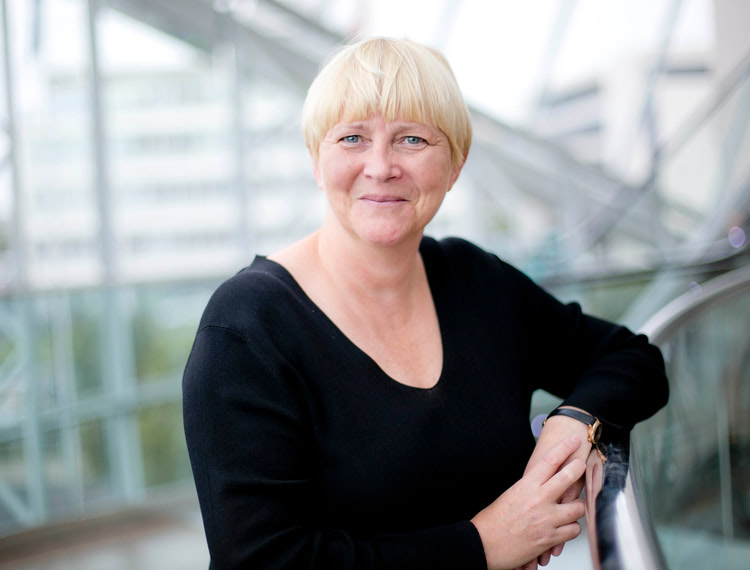The Hidden Value of EdTech: Giving #GenZ Students the Skills They Need To Thrive In The Future

Education providers have very different challenges today than they did thirty years ago.
With the rapid development of technology and the growth in smartphone adoption, it can be a challenge to hold the attention of a room filled with students who conduct so much of their daily lives online.
With funding issues, growing teacher workloads and increasing class sizes, educators have a lot to contend with.
There can be no doubt that technology has brought education countless benefits:
- The ability to communicate with the world,
- Research any topic at the click of a button,
- Collaborate on projects no matter where you are based and
- Support educators when communicating new concepts.
For many, it is a useful addition to capture and maintain student attention and continue their learning outside the study hall or lecture room building. But the way technology is incorporated into learning needs to be carefully managed.
A key enabler for Gen Z careers
For young people, the use of technology in education is essential to preparing them for whatever route they may take next. In fact our recent research revealed that 80% of Generation Z – those born in 1995 and later – want to work with cutting edge technology and 45% believe humans and machines will work together as an integrated team in the future.
Despite this clear thirst for technology, only half (53%) rank their education as good or excellent at preparing them for the future. With students realising that their future success is dependent on their ability to use and work with technology, it’s essential that educators integrate technology within the curriculum to enhance teaching.
Embracing new technologies in the right ways, educators can really create a digital learning environment and ensure their students leave not just with academic knowledge but with the broad range of technology skills that will allow them to thrive in the workplace.
Seamless integration into the education experience
There are some great examples of further education institutions successfully incorporating technology into their teaching methods.
For example, Preston College chose to implement 3D and VR software to enhance teaching without the need for a huge investment. The college now conducts and records practical music performance assessments in 360 VR, allowing invigilators to annotate the recordings and pinpoint moments that needed feedback or praise.
Similarly, Stonyhurst College decided to replace its projectors and electronic whiteboards with a number of Dell 86 4K Interactive Touch Monitors, pairing them with Dell OptiPlex Micro 3030 and 3040 desktop computers and Dell Latitude laptops to promote immersive collaborative learning.
Large, 86” collaborative displays from Dell turned whiteboards into a shared digital workspace, allowing staff and students to come together to learn. Simple to use and straightforward to set-up, the college removed the need to invest in teacher training before the roll-out, and students experienced increased collaboration as content and screens can be easily shared.
By providing the large number of touchpoints on the monitor, the entire class is easily involved in the lesson. The project has provided students with an immersive and interactive learning experience that was impossible to create with the technology it had in place previously.
Unlocking new learning opportunities with technology
Technology in education comes into its own when it inspires learners to look past the screen. Our partnership with the Natural History Museum does just that, using technology as a tool to bring young people closer to the world around them and spark their curiosity in the past, present and future.
For example, the museum’s Dippy’s Naturenauts app encourages students and families to get outside and explore the natural world, using technology as their support guide. And it’s certainly not the only example.
Technologies such as VR, AR, mobile and interactive screens help to bring natural history to life in new ways, aiding in the teaching and learning of science and IT for the next generation, whilst digital devices encourage young people to observe and analyse nature.
Ultimately every student is different and has their own way of learning and absorbing a subject, but it makes sense to use young people’s natural affinity and interest in technology to increase their ability to learn, hold their attention and make lessons more fun and engaging.
Whatever the future might hold, educators have a responsibility to appreciate how fast technology is changing and how technology can both support and transform the learning experience.
In order to effectively prepare their students, I would encourage further education institutions to work with technology vendors and partners to find the right solutions for them and their students.
There’s no one size fits all, but bringing technology into the classroom and engaging the future workforce using technology is something which we should support.
After all, the more comfortable young people are with technology today, the better equipped they will be to thrive in whatever their chosen future, as technology now spans every aspect of our lives.
Claire Vyvyan, Senior Vice President UKI, Dell EMC
About Claire: She assumed the role of Senior Vice President and General Manager for the Commercial Business in the UK and Ireland for Dell EMC in February 2017 and is responsible for business and strategy, leading a team of sales, solutions and services professionals serving customers across the UK and Ireland. Previously, Claire was Senior Vice President of Dell EMC’s EMEA Compute & Networking Group, having previously been Director and General Manager of Dell’s UK Public Sector & Large Enterprises Business between 2011 and 2013, and before then, Dell’s multi-national business group in Northern Europe between 2002 and 2008. A serving board member of Dell Corporation Limited, Claire supports Dell’s Diversity Agenda across the UK business by executive support for the LGBT group and also co-ordinates Dell’s charitable giving agenda for the UK.











Responses